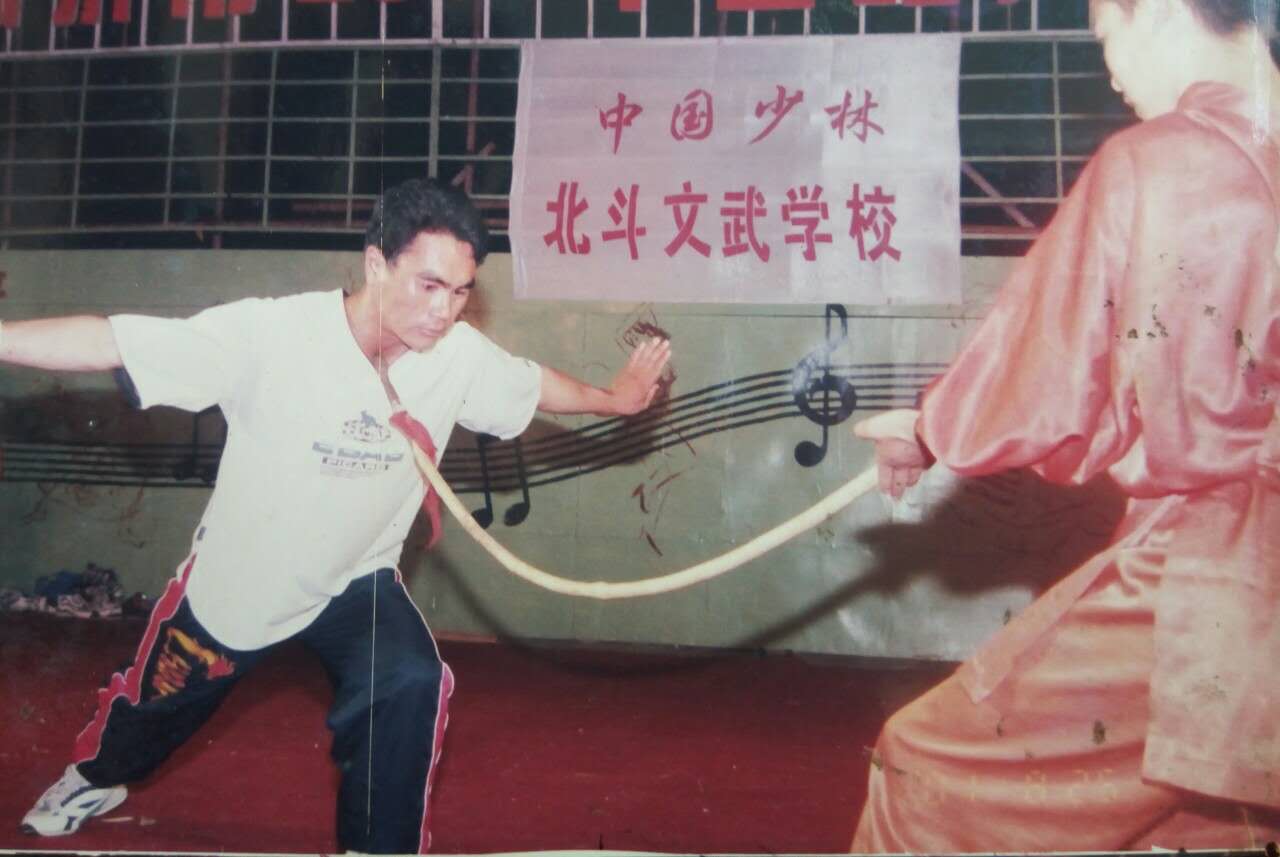Qi Gong
Qi Gong (Chi Kung in English) is considered as an ancient Chinese contemplation. The word Qi (Chi) can be translated into "breath" which can refer to the energy in your body. The word Gong (Kung) means Achievement.
Advantages of practicing Qi Gong
Benefits of practicing Qi Gong can include the followings:- Curing diseases like asthma, diabetes, hypertension, and cancer.
- Enhancing internal energy.
- Promoting vitality and longevity
- Opening the mind and increasing intellectual capabilities.
Different kinds of Qi Gong
According to Contents Qi Gong can be classified into: Dynamic Qi Gong (There Are Movements, Such As Tai Chi Boxing And Five Animal Exercise.) Static Qi Gong (The Body Stays Still, Like Sitting Exercise And Stake-Standing Exercise). According to the Geographical area, Qi Gong can be classified into: Mount Song Shaolin Qi Gong (Deeply Influenced By Buddhism. Style Is Lively, Simple, Powerful, Free And Vigorous.) Sichuan Emei Qi Gong (Influenced By Both Taoism And Buddhism. It Combines Dynamic Exercise, Static Exercise, Medicine And The Exercise Of Qi. It Absorbs All Kinds Of Techniques And Folk Methods. And Is Very Nimble) Hubei Wu Dang Qi Gong (Emphasizes Softness And Tranquility And Pays Attention To The Exercise Of Spirit And Qi). According to the schools, Qi Gong can be classified into: Taoism Qi Gong (Stresses The Diversity Of Yin And Yang And The Five Elements. It Is Combined With Medicine And Pays More Attention To The Relationship Between Humans And Nature.) Confucian Qi Gong (Places Emphasis On The Purification And Cultivation Of Morality, Ethics And Integrity.) Buddhism Qi Gong (A Method Of Practicing Buddhism, Emphasizes Paying Attention To One's Mental State When Practicing. The Aim Is To Eliminate All Distractions And Purify The Body And Mind Through Zen Meditation. According to the methods and postures of exercises, Qi Gong can be classified into: Stake-Standing Exercise (One Of The Traditional Internal Exercises, It Involves Maintaining A Standing Position In Certain Postures.) Sitting Exercise (The Body Maintains A Sitting Posture When Practicing.) Lying Exercise (The Body Maintains A Sleeping Posture When Practicing.)

